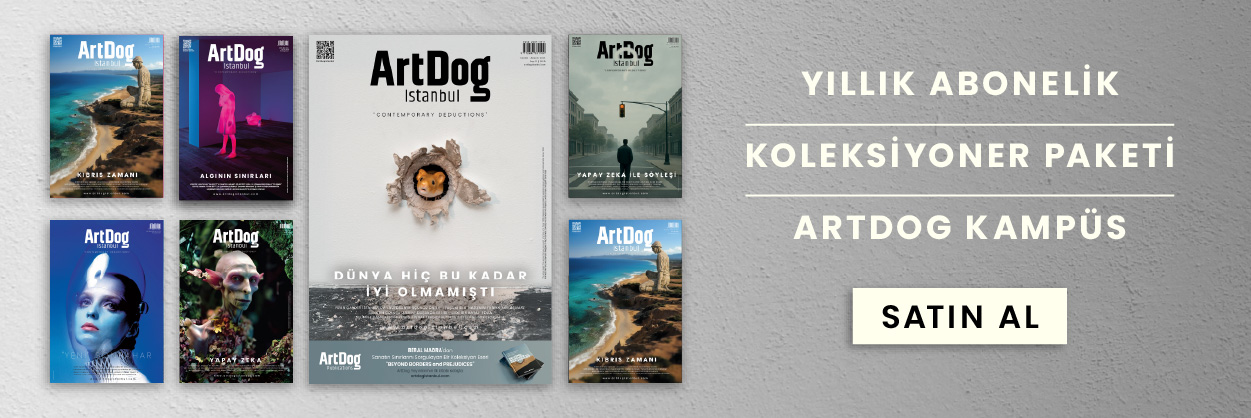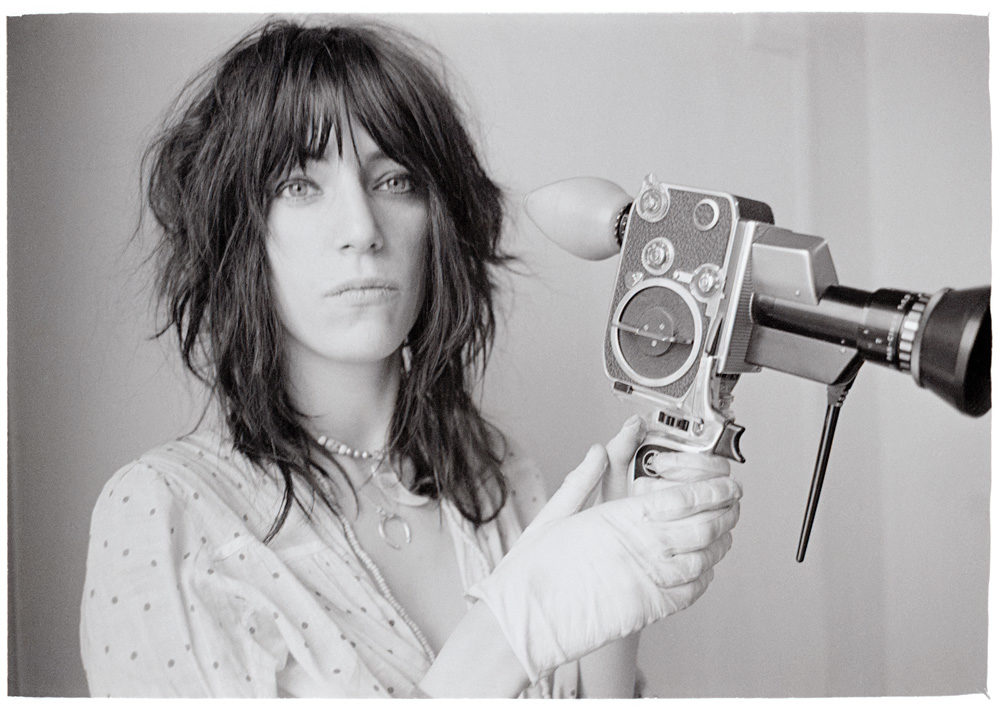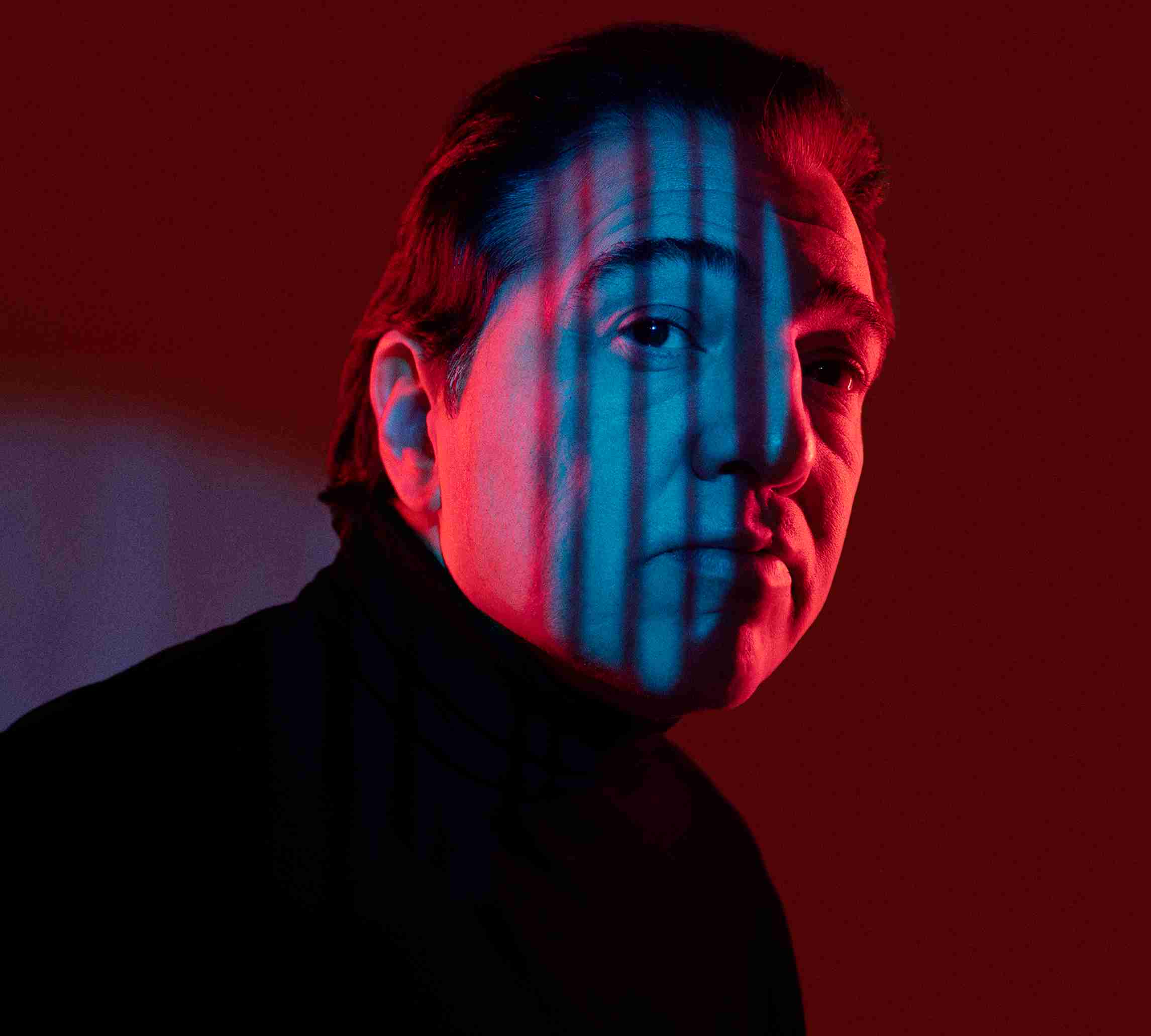“Bread of Angels” offers a compelling portrait of Patti Smith’s art-filled life, her losses, and her inner journey. The book brings together themes of father and family ties, the New York punk scene, inspiring friendships, and the creative process shaped by literature, offering readers a profound emotional experience through the turning points of Smith’s life. Patti Smith’s name is etched not only in rock history but also in the memory of the modern spirit. Her voice is both a scream and a prayer, both a challenge and a surrender. Her 1975 album Horses was one of the first examples of how a female artist could transform the stage both literarily and politically. During that period, Smith embarked on a journey intertwining music, poetry, and visual arts, moving in the same circles as Bob Dylan, William Burroughs, and Bruce Springsteen in New York’s burgeoning alternative art scene.
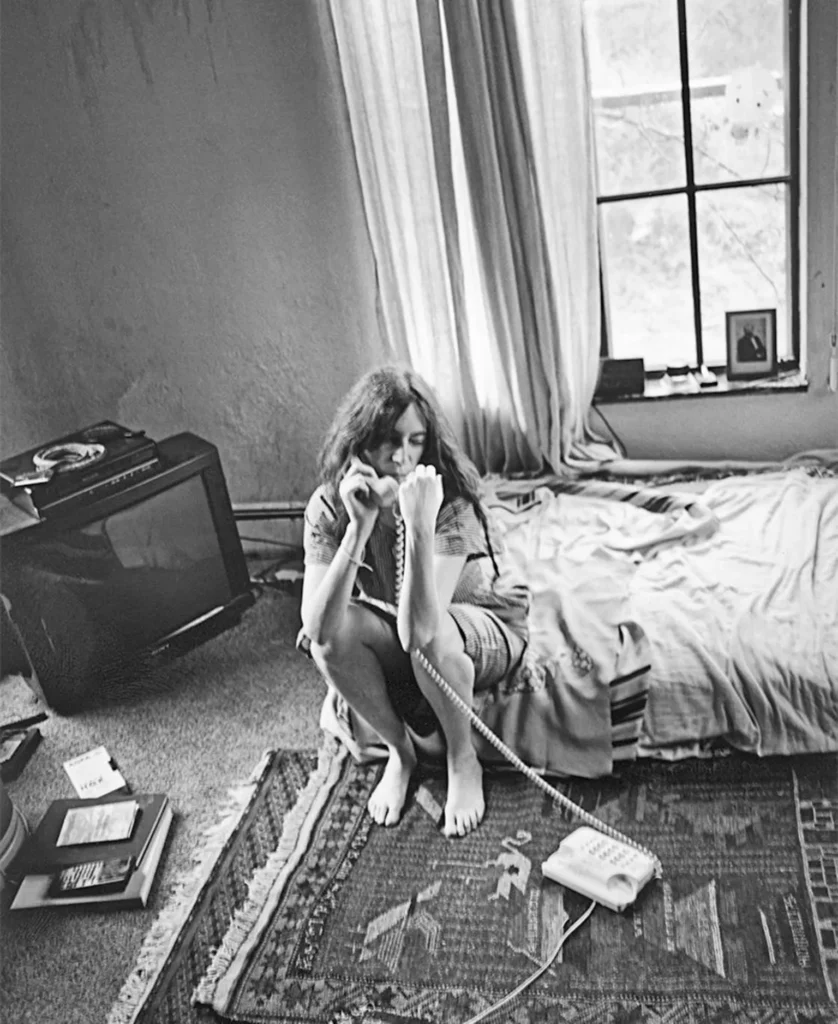
For her, the stage was not just a performance space, but also an arena for questioning and expressing life itself. Her uncompromising stance in the face of life’s difficulties, losses, and injustices was evident in songs and poems like People Have the Power. These songs became a guide not only in the music world but also in protests, marches, and in helping younger generations find their own voices. At 77, Smith brings together her years of experience, her losses, and her faith-filled writing journey in her new book, Bread of Angels. Like Children, the book leans on the healing aspects of remembering and writing, but this time the tone is calmer and more spiritual. Smith details the strong bonds she formed with literature and art from childhood, her relationships with her mother and father, and the losses and loves in her life.
The metaphor of the bread of angels symbolizes the invisible nourishment she has sought throughout her life; it represents a mixture of art, love, and faith. Along with works such as Bread of Angels, Monkey Year, Children of the Corn, M Train, Devotion, and Dreamers, it reveals the diversity and depth of Smith’s literary world. These books show that he is not only a musician but also an important writer and thinker of the modern age. Smith’s story presents the reader with the stance of an artist who challenges life and a world of consciousness woven from years of accumulation.
“Writing Is Like a Prayer”
In this book, Smith does not merely look back at the past; he also bears witness to the continuation of life after loss. Although the void left by the early death of his husband Fred “Sonic” Smith and the loss of his close friend Robert Mapplethorpe left deep scars in his world, in Bread of Angels, these pains are transformed into creative energy. Smith pursues a kind of rebirth with his pen; writing is both a form of healing and remembrance for him.
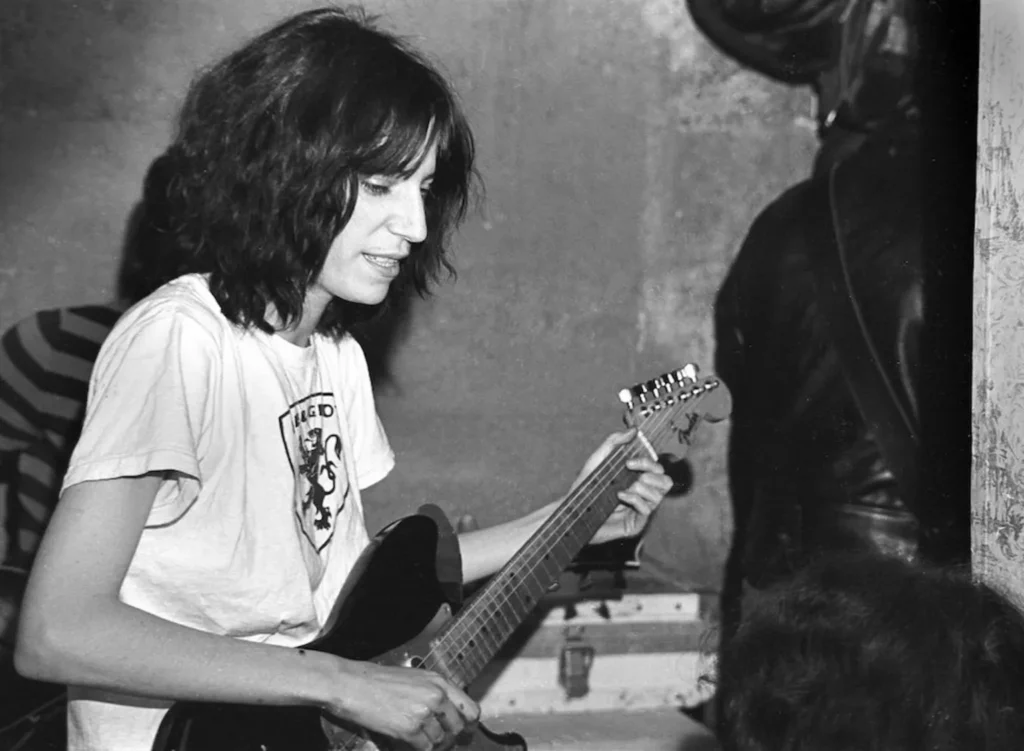
“Writing is a kind of prayer, and sometimes praying is writing,” says Smith. This sentence sums up the essence of her creative universe: words as powerful and rhythmic as music, as intense as poetry, as sincere as daily journal entries. Throughout the book, Smith works with both personal and collective memory; she writes her own grief while also carrying the grief of society and art. Another important part of the memoir is Patti Smith learning, through a DNA test with her brother after her parents’ death, that her biological father was someone else. This discovery is both shocking and a kind of internal reckoning for her. She learns that her new father is 100% Ashkenazi Jewish and that his family traces back to Russia, Ukraine, Liverpool, Newfoundland, and finally Philadelphia. Smith notes in her book that it is impossible not to feel broken by this, but that the process serves the writing and her understanding of herself. This discovery gives the sections dedicated to her father in Bread of Angels a deeper meaning.
In Smith’s world, words have a rhythm, just like the notes that come out of his guitar. His early encounters with Puccini, Picasso, and Rimbaud drew him into the infinite universe of art and poetry, turning words into both a personal space and a way of establishing universal connections. Bread of Angels is a natural continuation of this line: the pages of the book vividly convey the days she spent on New York’s alternative scene, her performances at CBGB, the creative processes behind the albums Horses and Radio Ethiopia, her European tours, and her love-filled memories with Fred. A Lifetime of Writing
Patti Smith’s story is also a story of resistance. In the 1970s New York scene, finding her own voice in a male-dominated music world, blending that voice with poetry, and bringing it to the stage took courage. But Smith was never just a musician; she was the conscience of her era. The words she expressed in People Have the Power, “We have the power, the power of the people,” still resonate today. Her presence on the punk scene was a symbol of conscious resistance rather than anarchy. Smith always carried a poetic sensibility as she transformed anger into an art form. That is why Bre

